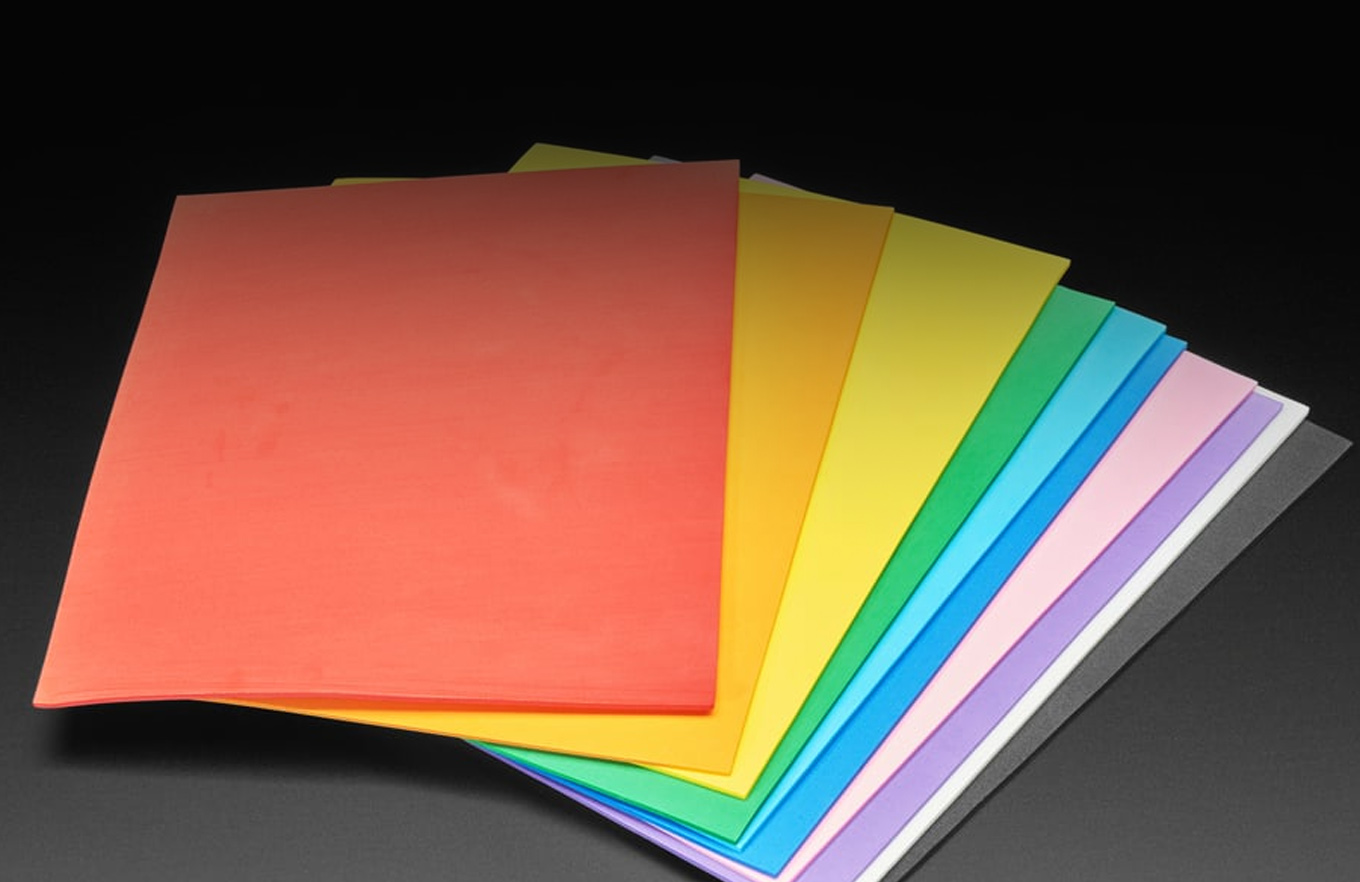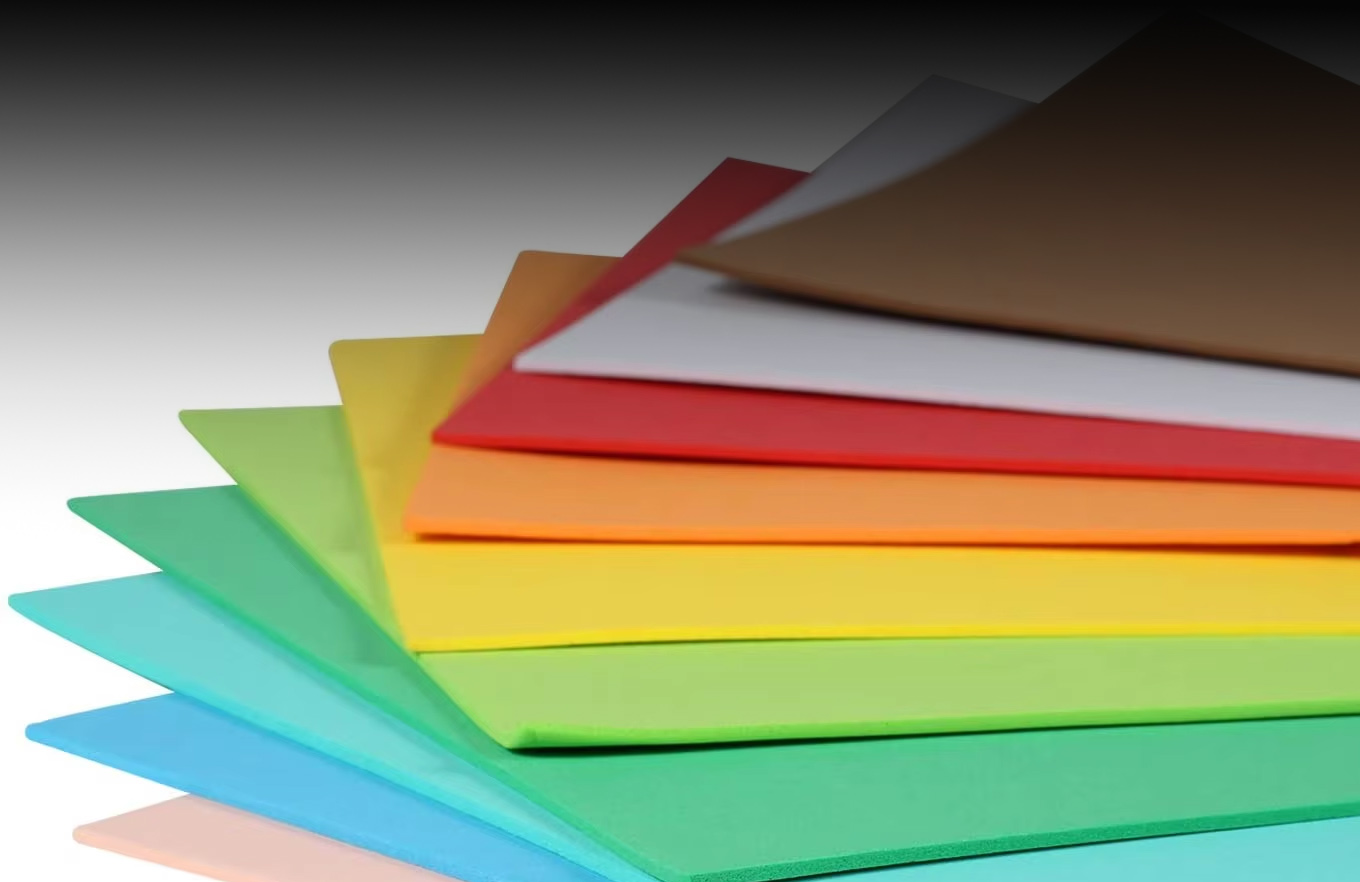August 20, 2025
Understanding the differences between various EVA foam grades is essential for choosing the right solution for your project. Whether you're crafting, insulating, or packaging, each grade of EVA foam has unique properties that make it suitable for specific applications. From lightweight cushioning to dense structural support, this versatile material can adapt to your needs.
Samad Group, a leading producer of high-performance materials including EVA foam, helps guide buyers through these choices with precision and quality control. With growing demand across industries in Europe and Asia, knowing your options can enhance both performance and sustainability.

EVA foam, or ethylene-vinyl acetate foam, is a closed-cell foam material known for its resilience, flexibility, and shock-absorbing properties. This makes it popular in applications ranging from footwear to protective gear. The structure of closed-cell foam contributes to its water resistance and thermal insulation capabilities. Samad Group manufactures a wide range of EVA foam grades suited to industries like automotive, packaging, and sports equipment, ensuring high standards across all product lines.

EVA foam comes in various density grades, which determine its hardness, durability, and compressibility. Low-density grades are soft and pliable, ideal for children’s toys or yoga mats. Medium-density grades are often used for shoe midsoles or tool inserts. High-density EVA foam is more rigid and durable, perfect for industrial use or load-bearing functions. Samad Group offers custom manufacturing to match clients’ needs for specific densities and tolerances, both in Pakistan and across Europe.
Choosing the correct grade depends on the application. For example, if you're manufacturing sports gear that requires shock absorption, a medium-density grade with strong elasticity works well. In contrast, packaging for sensitive electronics might need high-density closed-cell foam to provide structure and protection. Samad Group’s experts often help businesses identify and source the best foam grade for their unique needs, thanks to decades of industry insight.
Besides density, consider other performance factors such as UV resistance, flame retardancy, and anti-slip surfaces. Some applications may also require anti-static properties. Samad Group provides EVA foam options that are chemically treated or blended to meet these criteria. Their standing as an international manufacturer allows them to serve industries with varying compliance needs, particularly in sectors across Europe.
The closed-cell foam structure in EVA offers superior moisture resistance and insulation. This makes it ideal for outdoor or marine applications where durability and weather resistance are critical. Samad Group's closed-cell variants have been used in everything from wetsuits to thermal enclosures, proving the value of smart material engineering. Its uniform cell structure enhances energy absorption and extends the lifespan of products.
Sustainability matters more than ever. Some EVA foams are partially recyclable, depending on their formulation and additives. Samad Group is taking active steps to incorporate greener practices, including offering EVA foam made with recycled content or lower-emission manufacturing methods. For clients in Europe, especially, where eco-compliance is strict, these sustainable options offer a valuable advantage.
Get in touch with Samad Group today to explore the right EVA foam grade for your specific application.
EVA foam is a versatile, durable material with applications across countless industries. Understanding its grades and properties, especially the benefits of closed-cell construction, can help you select the ideal solution. Samad Group, with a strong presence in Pakistan and a growing footprint in Europe, continues to lead innovation in foam technology. By aligning with the right material and manufacturer, businesses can achieve greater efficiency, performance, and product longevity.
EVA foam is softer and more flexible than many other closed-cell foam types, making it ideal for cushioning and wearable products.
Yes, EVA foam can be produced in custom densities, thicknesses, and treated for flame resistance or anti-static properties by companies like Samad Group.
Absolutely. Thanks to its water resistance and durability, EVA foam is widely used in marine, automotive, and sports applications.